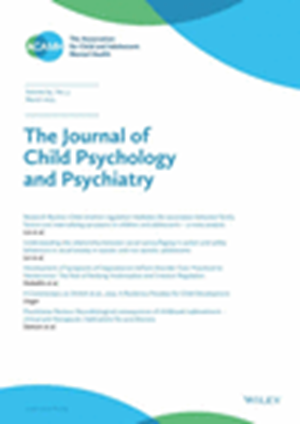Do traumatic events and substance use co-occur during adolescence? Testing three causal etiologic hypotheses
Abstract
Background
Why do potentially traumatic events (PTEs) and substance use (SU) so commonly co-occur during adolescence? Causal hypotheses developed from the study of posttraumatic stress disorder (PTSD) and substance use disorder (SUD) among adults have not yet been subject to rigorous theoretical analysis or empirical tests among adolescents with the precursors to these disorders: PTEs and SU. Establishing causality demands accounting for various factors (e.g. genetics, parent education, race/ethnicity) that distinguish youth endorsing PTEs and SU from those who do not, a step often overlooked in previous research.
Methods
We leveraged nationwide data from a sociodemographically diverse sample of youth (N = 11,468) in the Adolescent Brain and Cognitive Development Study. PTEs and substance use prevalence were assessed annually. To account for the many pre-existing differences between youth with and without PTE/SU (i.e. confounding bias) and provide rigorous tests of causal hypotheses, we linked within-person changes in PTEs and SU (alcohol, cannabis, nicotine) across repeated measurements and adjusted for time-varying factors (e.g. age, internalizing symptoms, externalizing symptoms, and friends' use of substances).
Results
Before adjusting for confounding using within-person modeling, PTEs and SU exhibited significant concurrent associations (βs = .46–1.26, ps < .05) and PTEs prospectively predicted greater SU (βs = .55–1.43, ps < .05) but not vice versa. After adjustment for confounding, the PTEs exhibited significant concurrent associations for alcohol (βs = .14–.23, ps < .05) and nicotine (βs = .16, ps < .05) but not cannabis (βs = -.01, ps > .05) and PTEs prospectively predicted greater SU (βs = .28–.55, ps > .05) but not vice versa.
Conclusions
When tested rigorously in a nationwide sample of adolescents, we find support for a model in which PTEs are followed by SU but not for a model in which SU is followed by PTEs. Explanations for why PTSD and SUD co-occur in adults may need further theoretical analysis and adaptation before extension to adolescents.

 求助内容:
求助内容: 应助结果提醒方式:
应助结果提醒方式:


